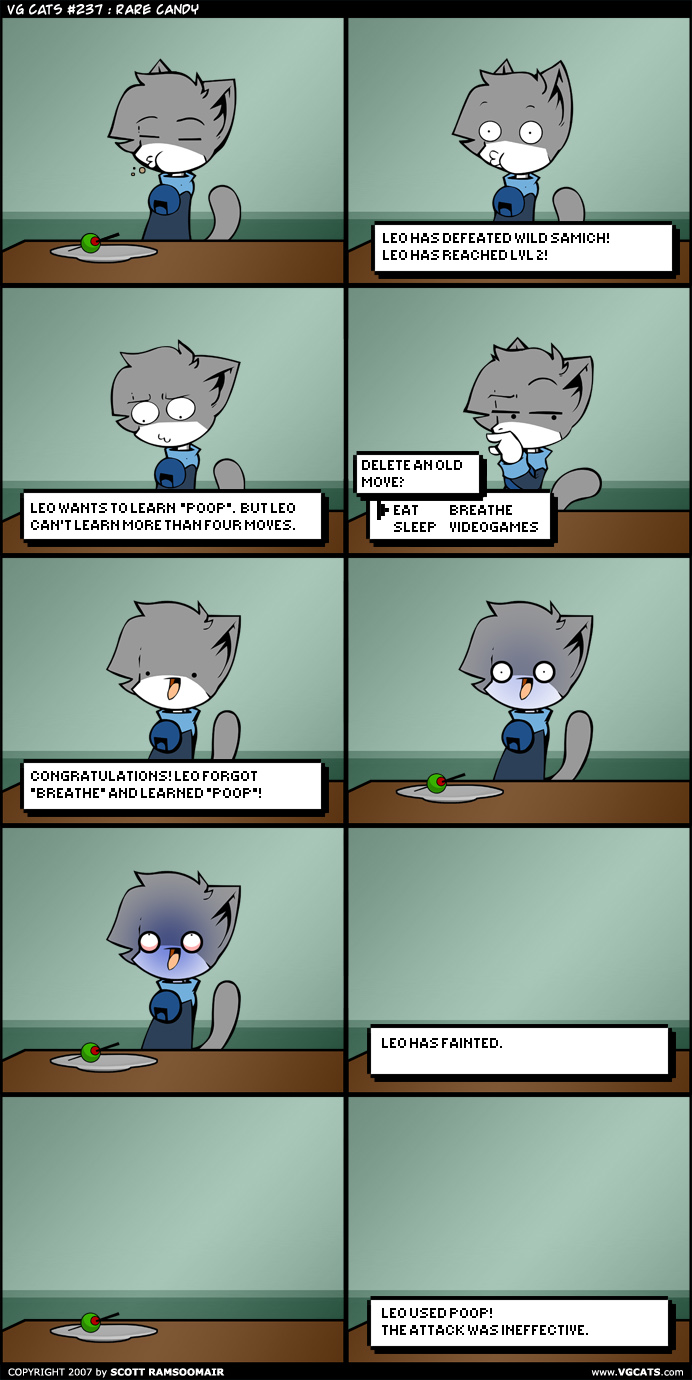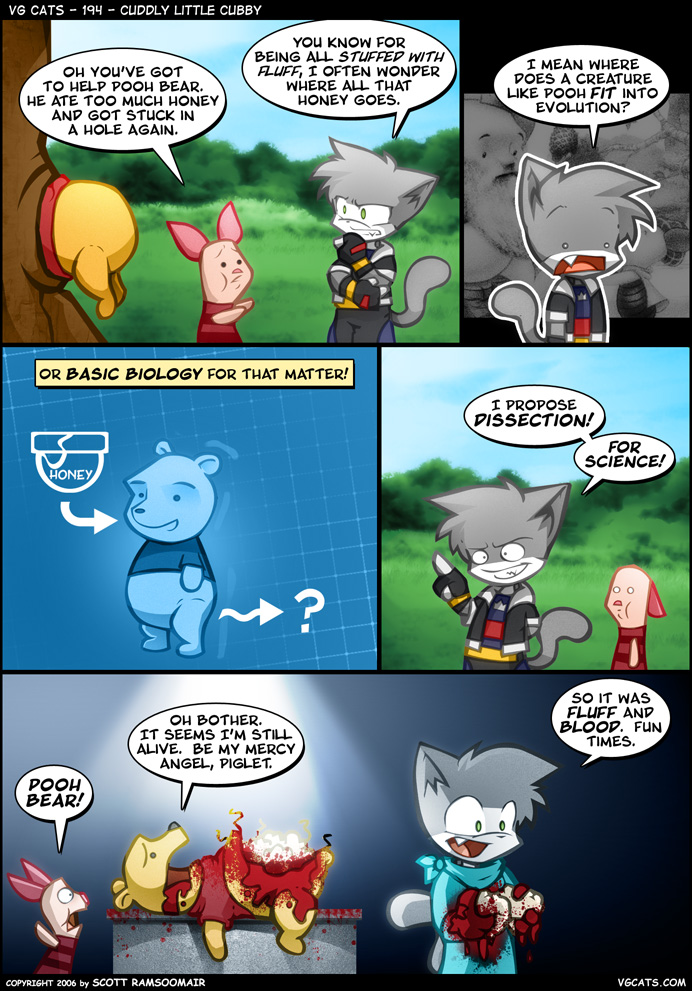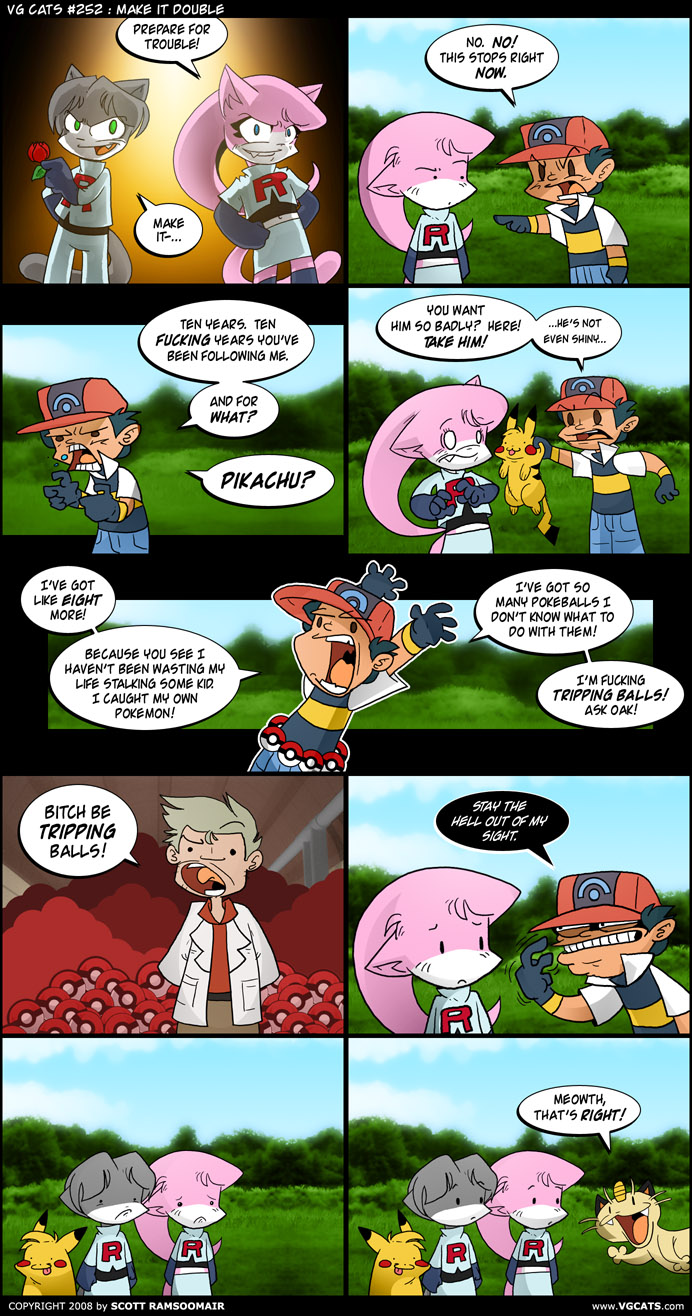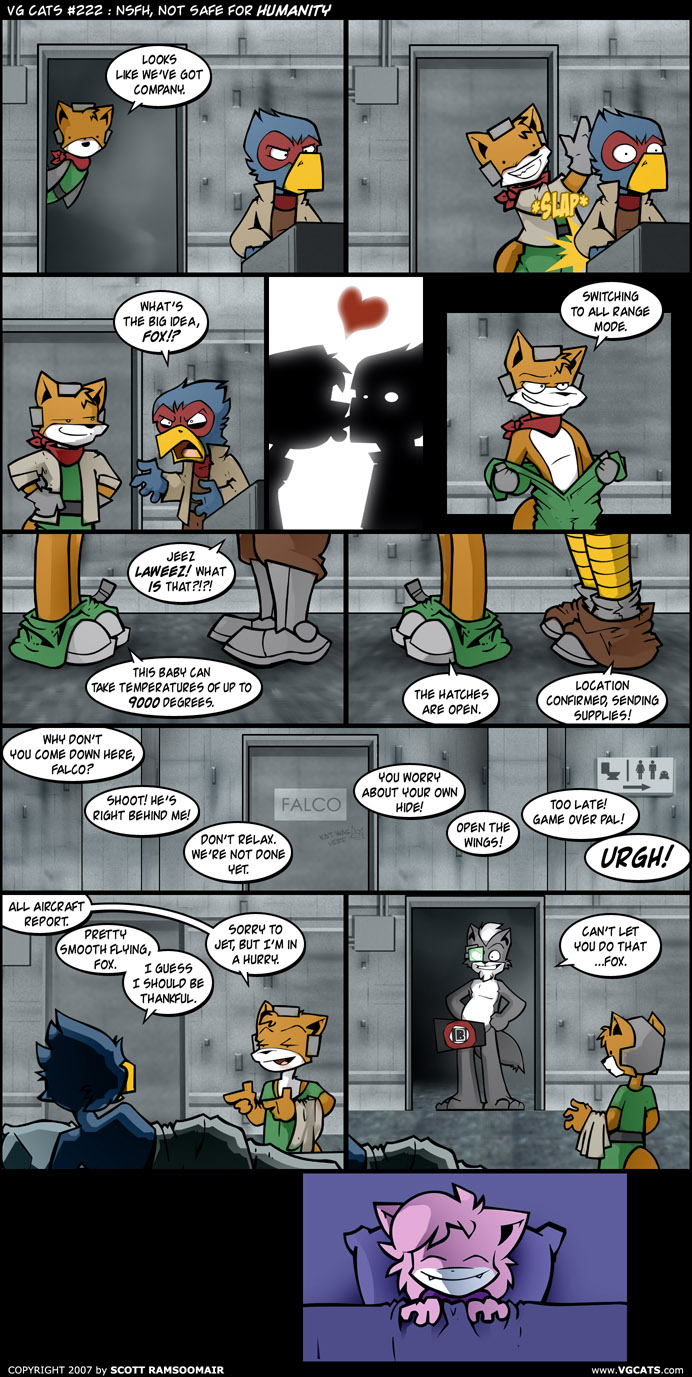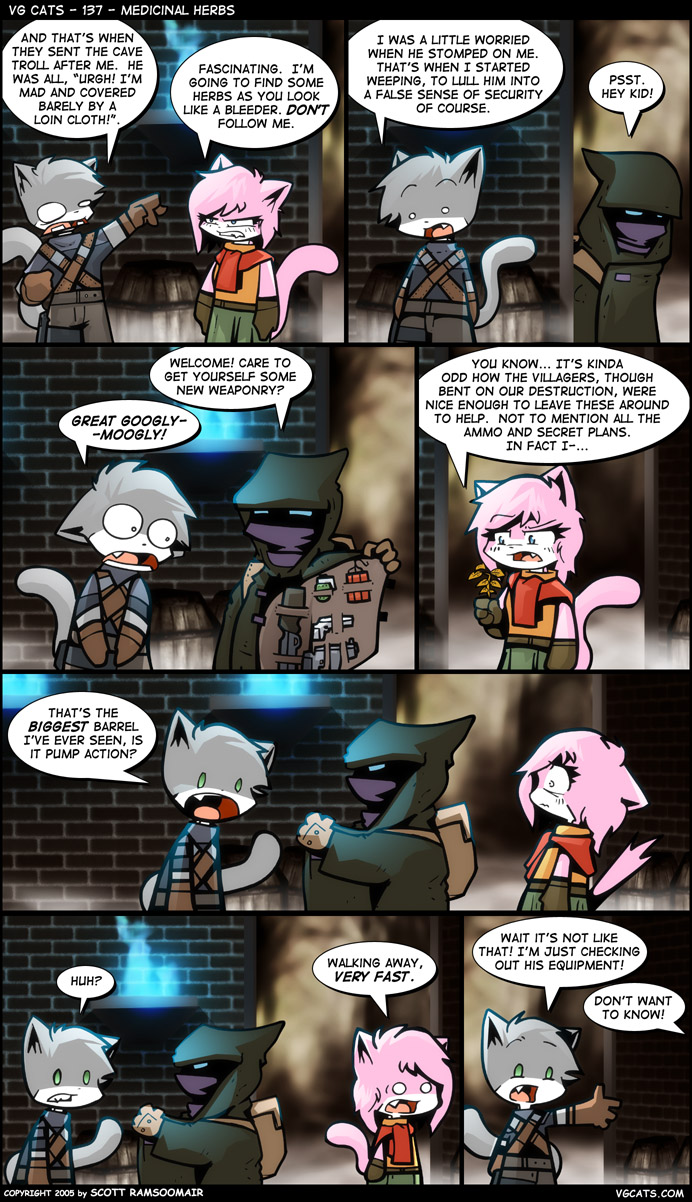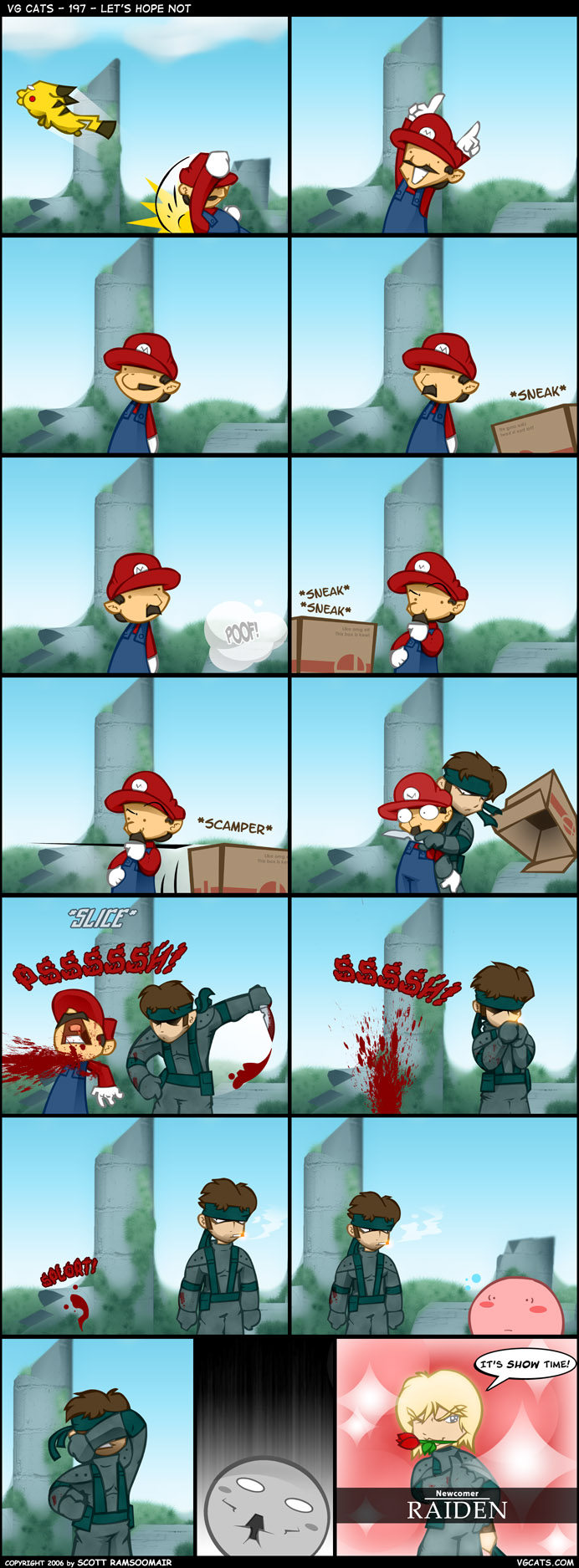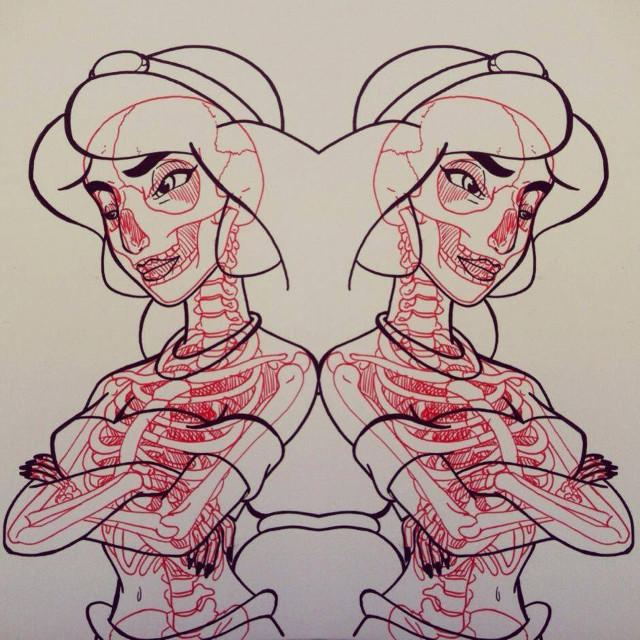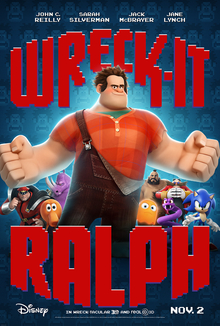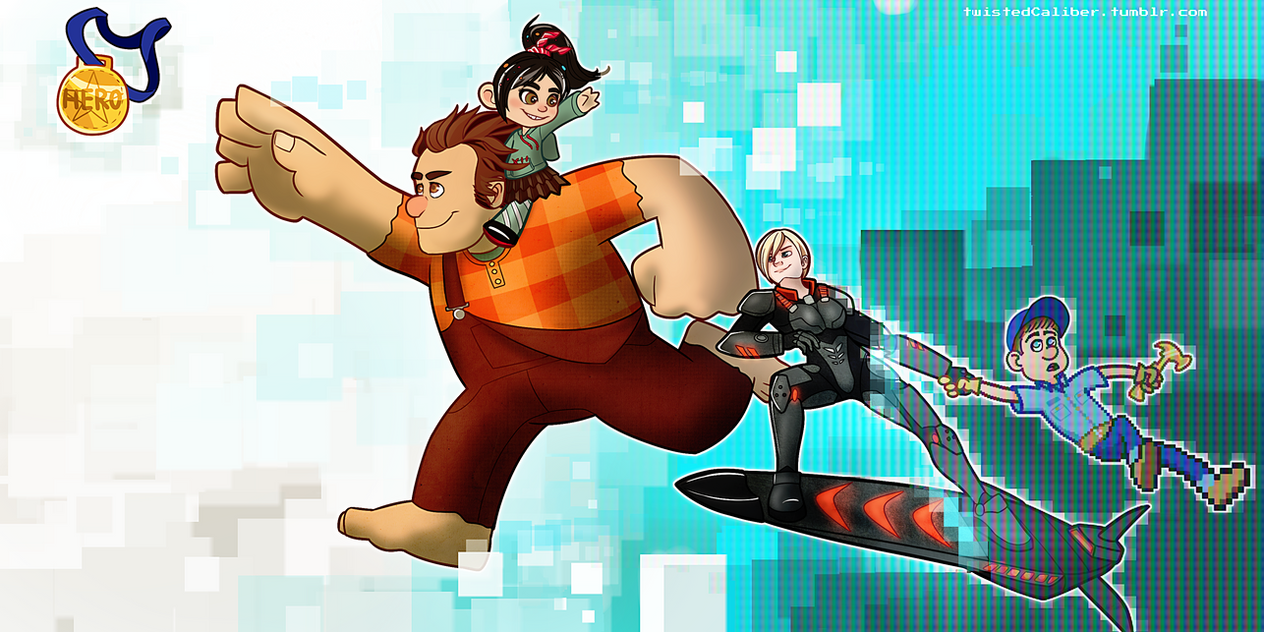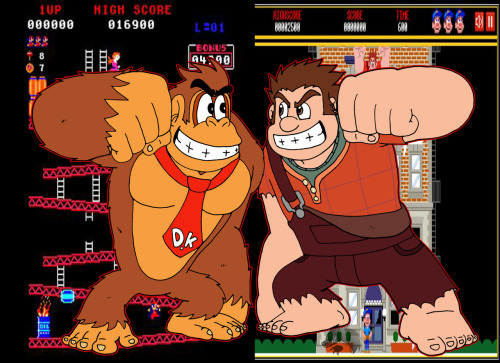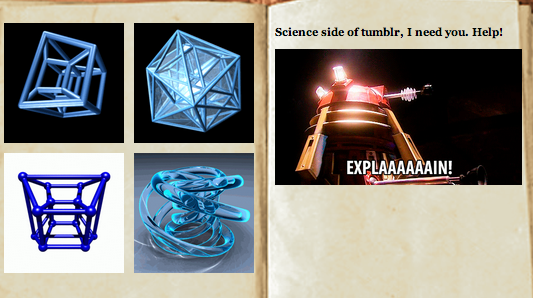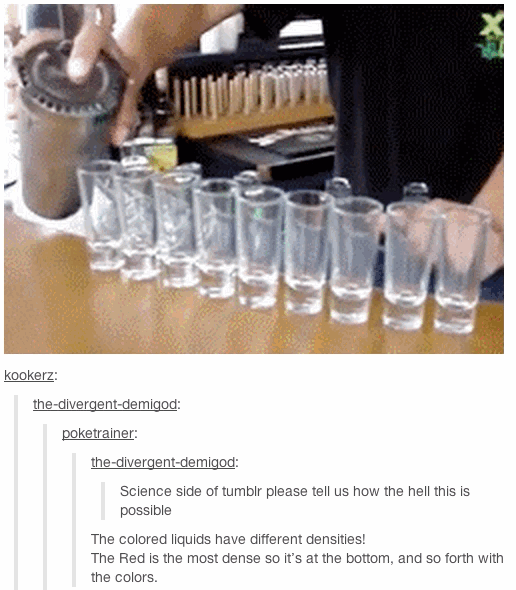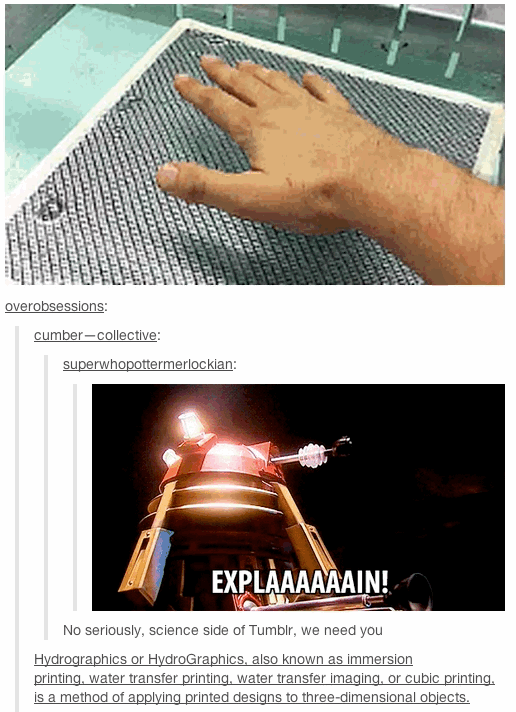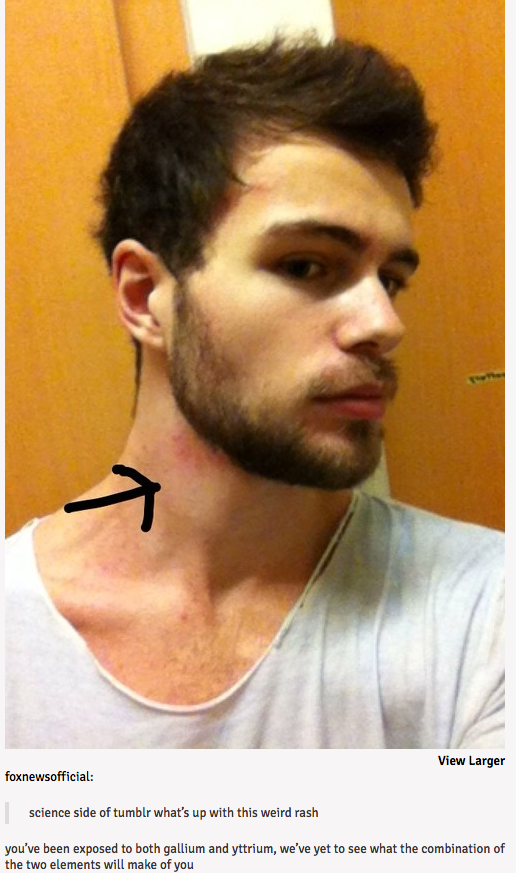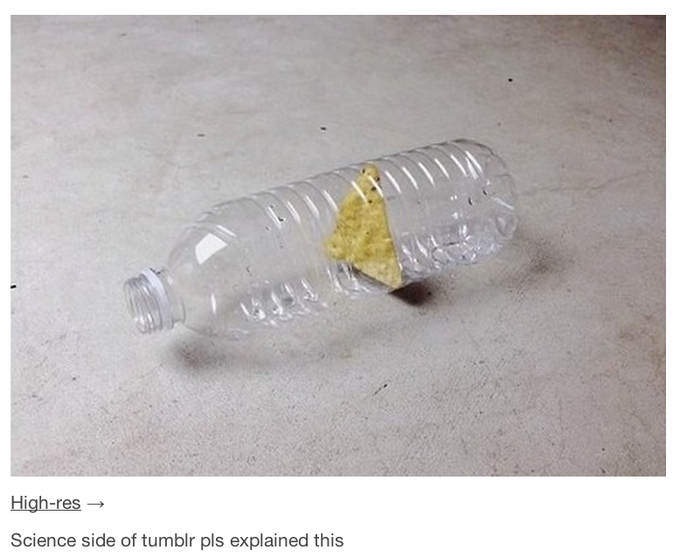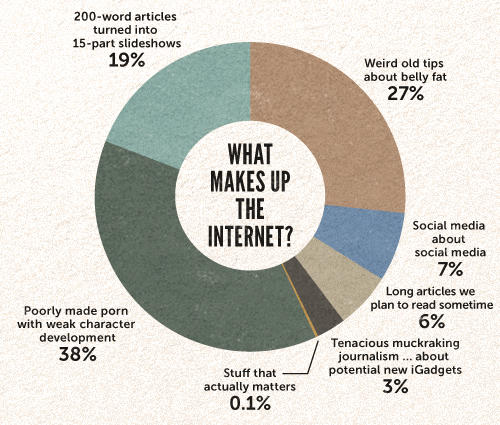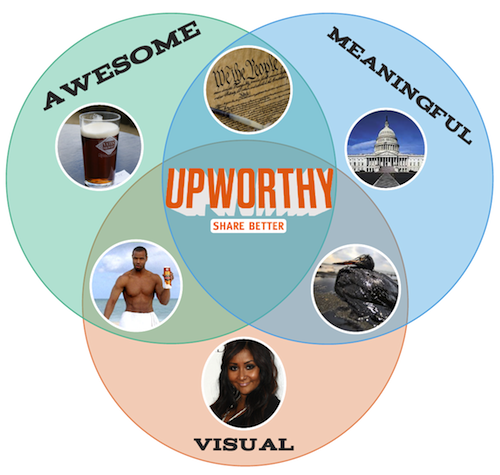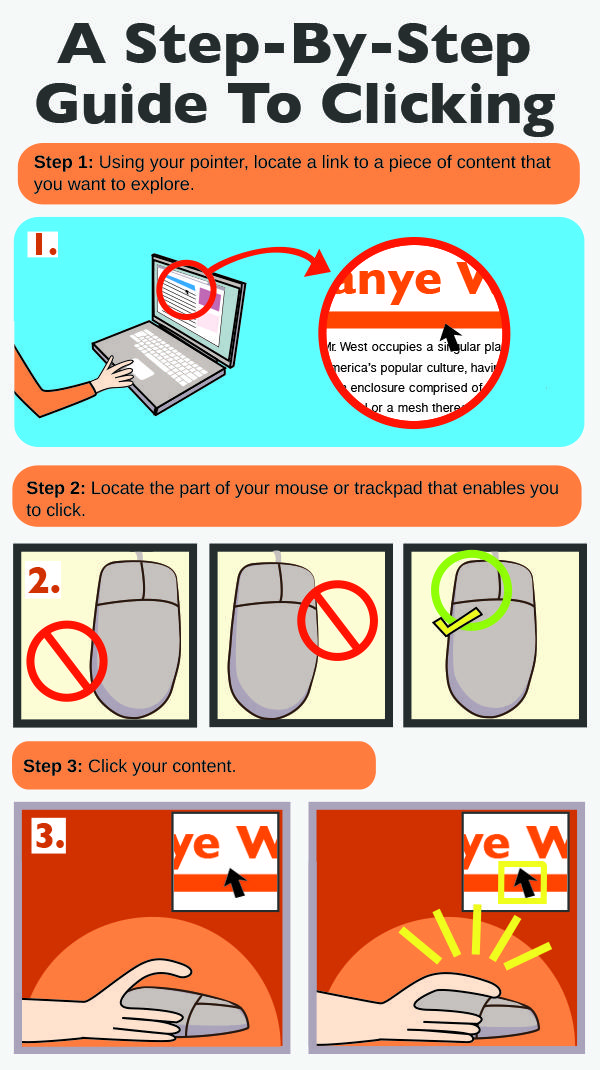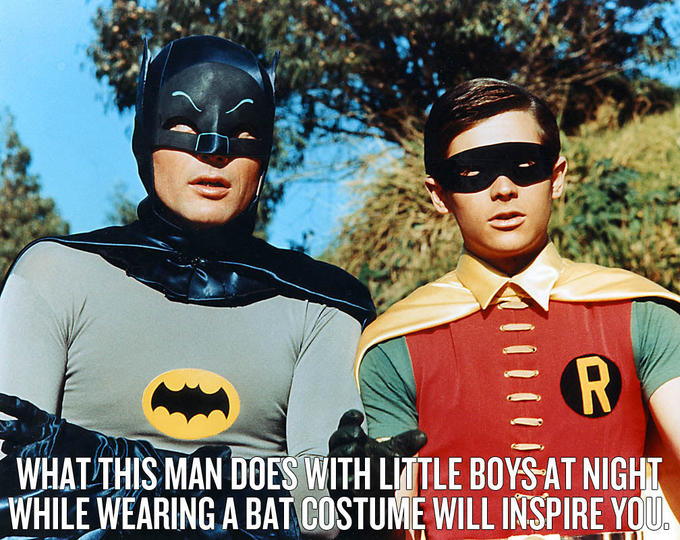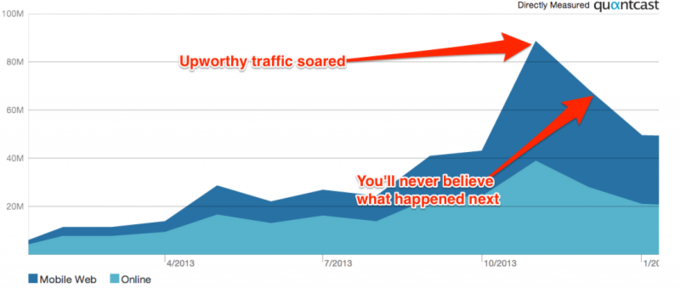Editor’s Note: This entry is still being worked on, any help would be appreciated
Overview
The 2014 MV Sewol Disaster was an event in which the Korean ferry MV Sewol capsized and sunk 2.7 kilometers off of Gwanmae Island on April 16th 2014, taking the lives of 187 people of the 476 people on board and leaving 115 of them missing, leaving only 174 survivors
Background
The ferry departed from Incheon in South Korea after a fog delay that lasted two and a half hours to the frequently traveled route of the ship that usually lasted 13.5 hours, however, the ship began to take on water on the morning of April 16th 2014, resulting in it capsizing 25.3 kilometers off of the southwest cost, officials said the cause of it was a sharp turn to the right made between 8:48 AM and 8:49 AM, conditions, however, were calm, and no rocks or reefs were reported in the area and passengers felt the ship tilting. At 8:55 AM, the ferry came in contact with the Jeju vessel traffic service and asked them to notify the coast guards that the ship was in danger and sinking
The Captain’s Response
The captain was in his private cabin at around the time the capsizing occurred and the third mate was at his helm, the captain reportedly returned to the bridge and tried to re-balance the ship immediately
Aftermath
After about two and a half hours, the ship fully sunk, leaving only 174 survivors and 115 passengers missing, reports came out that the death toll was at 187
Notable Developments
After the sinking happened, #PrayForSouthKorea was trending on Twitter and #PrayForSouthKoreanFerry was trending on Tumblr, the sinking also became the subject for many news channels and sites such as BBC
This picture made me cry #PrayForSouthKoreapic.twitter.com/1bzTnZW5Gb
— Jungkookie❤️ (@_BangtanEXO) April 27, 2014
Search Interest
External References
W.I.P







